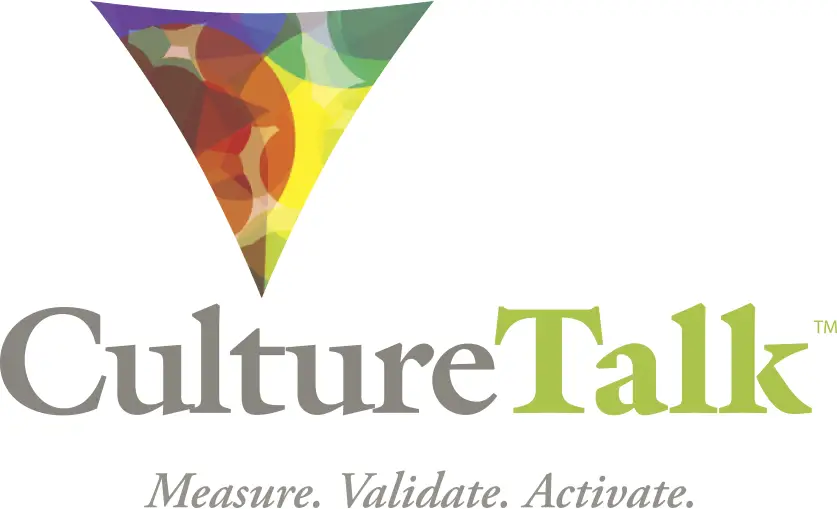How a Personal Artifact Connects Colleagues
- February 17, 2022
- 3:58 pm
- Theresa Agresta
Thursdays with CultureTalk
Sharing a personal 'artifact' to improve relationships between colleagues
By definition, ‘thinking differently’ is one of the most effective things you can do to increase creativity, an important leadership skill. In fact, we believe, and DEI experts agree, that it also shines light on an often-overlooked aspect of diversity.
In Part One of this episode of Thursdays with CultureTalk (below), we caught up with Certified Partner Todd Sazdoff. Todd is an organization development professional leading a team which includes Scott Golden and Wanda Bryant, who are also certified with CultureTalk.
Last year they revamped their week-long ‘Leading Creatively’ course, kicking it off with the CultureTalk assessment. Some key take-aways have been:
- In their science-driven organization, people often pride themselves on their scientific expertise – leading to high value being placed on traditional, left brained leadership styles.
- The Archetypes give participants a whole new language to think about how they interact and the value they each bring.
- Understanding that we’re each wired differently can have a very positive impact on leadership when supervising others in various situations and can be especially helpful when working to manage remote teams. This recognition can also play a big part in retaining staff.
- The fact that the same 12 patterns can be used to diagnose and potentially change the culture of a team or group really broadens perspective and helps teams get more aligned with their purpose.
In Part 2 of our conversation Todd describes a game-changing exercise where colleagues share a personal artifact with deep meaning. He describes how this helps people show up more authentically and share what they truly value, moving from a science/business headspace into a more relational space. Some of the ways he describes the opportunity and outcomes include:
- Foundational
- Immediately Applicable
- Super Powerful
- Sticky and Sustainable
Learn how Todd and Scott Golden seamlessly transition lessons from those individual leaders to their teams by consistently using the same framework and language. This makes it easier to articulate team visions as well as team norms and expectations, and has a very positive impact on employee engagement.
What outcomes are priorities for you when you design leadership development and creativity exercises as part of your talent strategy?
We’d love to hear your ideas! Schedule a one-on-one call here.






